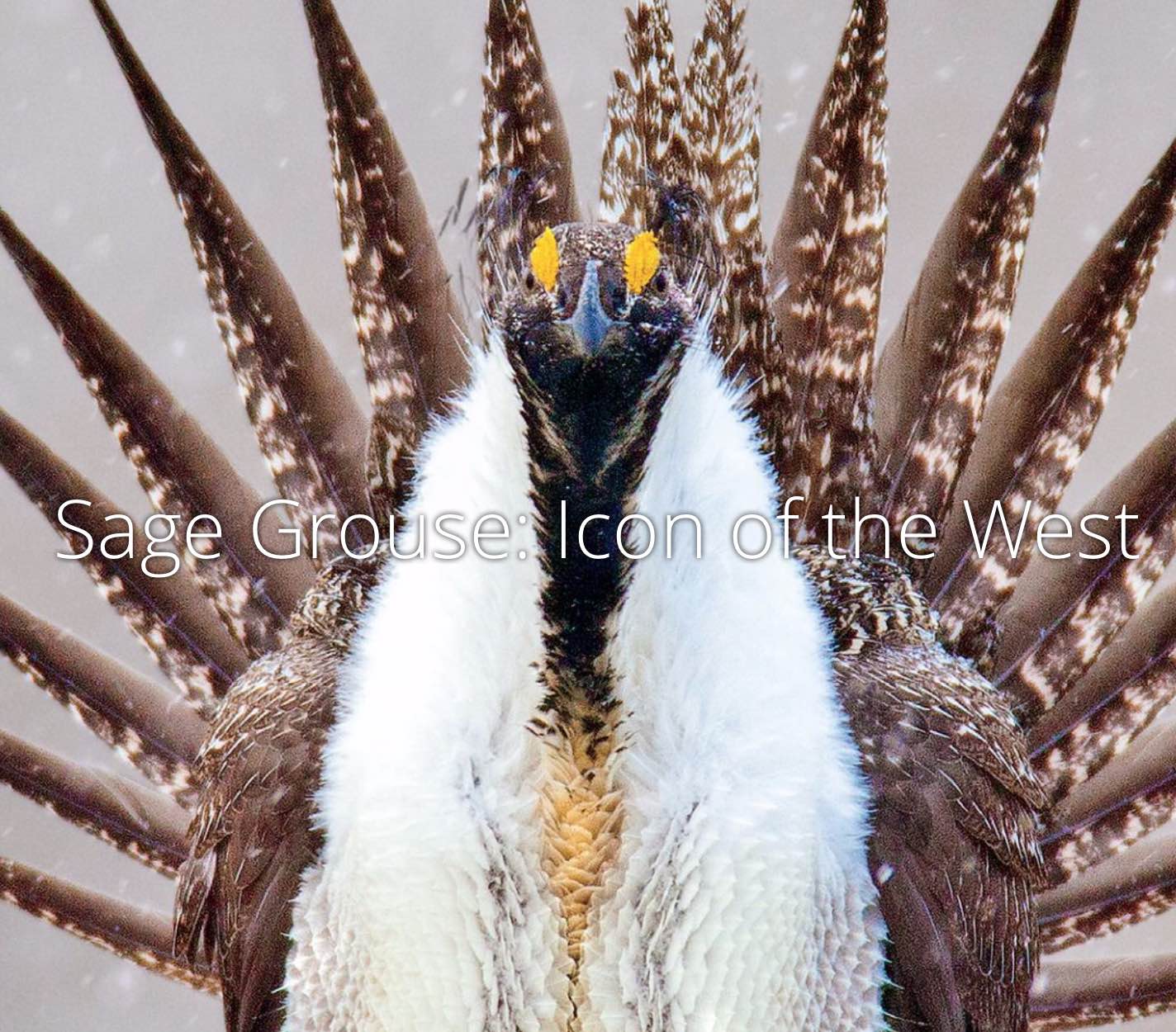The protections for Sage Grouse habitat across the west and here in Nevada are threatened by the new Administration's proposed rollback of protections begun in 2015. If accepted, millions of acres of Sage Grouse habitat protection would no longer be a priority and would be released for energy development and other uses.
Sage Grouse Hearings: Dates, Locations, and Times: Click for information on the Reno, Elko, and Ely hearings.
See an spectacular web presentation on the Sage Grouse here and come to the meeting to support protections for habitat that Sage Grouse depend on. (Scroll up for presentation)
Check back for talking points you can make to help protect habitat for a western icon.
A Brief History of Efforts to Protect the Sage Grouse
The Sierra Club and our allies have been working to protect the Greater Sage Grouse (GSG) for decades. There’s enough detail to put the most dedicated SGS advocate to sleep, so we’ll stick to the high points.
15 million 100 years ago; perhaps only 1/4 million today.
These are estimates for the population of the greater sage grouse (GSG), the largest North American grouse. The Sierra Club and its partner organizations have spoken up for the GSG, and now we ask you to take action. The GSG is an icon species of the West but has already disappeared from five U.S. states: Kansas, Nebraska, Oklahoma, Arizona, and New Mexico, as well as in Canada’s British Columbia.
To address this decline, the Bureau of Land Management (BLM), the U.S. Forest Service (USFS) worked with state wildlife-management agencies, numerous conservation organizations (including the Sierra Club), businesses, ranchers, and concerned citizens to conserve the bird and its habitat.
These efforts resulted in a series of strong, science-based efforts by the BLM and Forest Service to develop management plans. Read more about these plans via the links below.
https://www.blm.gov/programs/fish-and-wildlife/sagegrouse/blm-sagegrouse-plans
https://www.doi.gov/pressreleases/historic-conservation-campaign-protects-greater-sage-grouse
These plans convinced the Fish and Wildlife Service in September, 2015, to determined the GSG did not warrant a “threatened” or “endangered” listing under the Endangered Species Act (ESA).
These plans protect not only sage grouse, but also other iconic Western species, such as elk, mule deer, pronghorn, golden eagles and hundreds of other species.
More here: https://www.fws.gov/greatersagegrouse/factsheets/GreaterSageGrouseCanon_FINAL.pdf
Now Secretary of the Interior Ryan Zinke has announced plans to revisit these conservation plans and weaken them. But the Bureau of Land Management, which manages the majority of GSG habitat in Nevada, must do this by amending Land Use Plans which were completed in 2015. They are seeking citizens’ comments on proposed amendments.
Here is a map of the area affected in Nevada
https://www.blm.gov/sites/blm.gov/files/Nevada_Alternative_Withdrawal_Area_PubMeeting.pdf
Instead of throwing out years of hard work and stakeholder engagement, Secretary Zinke should partner with the public and stakeholders, including, ranchers, sportsmen, landowners, local and state elected officials, business owners, wildlife advocates, and the professional wildlife managers who have the localized expertise, to build off and improve the plans in place.
By throwing out the 2015 plans, Secretary Zinke is signaling that land-management policy will be determined, not by local biologists, managers, citizens, and businesses based on science, but by a few powerful people in Washington D.C. and their friends in the oil and gas industry. What’s most concerning is that if these changes are implemented, it could result in the sage-grouse being listed under the ESA. This is an outcome no one wants and one that would have significant implications for the West.